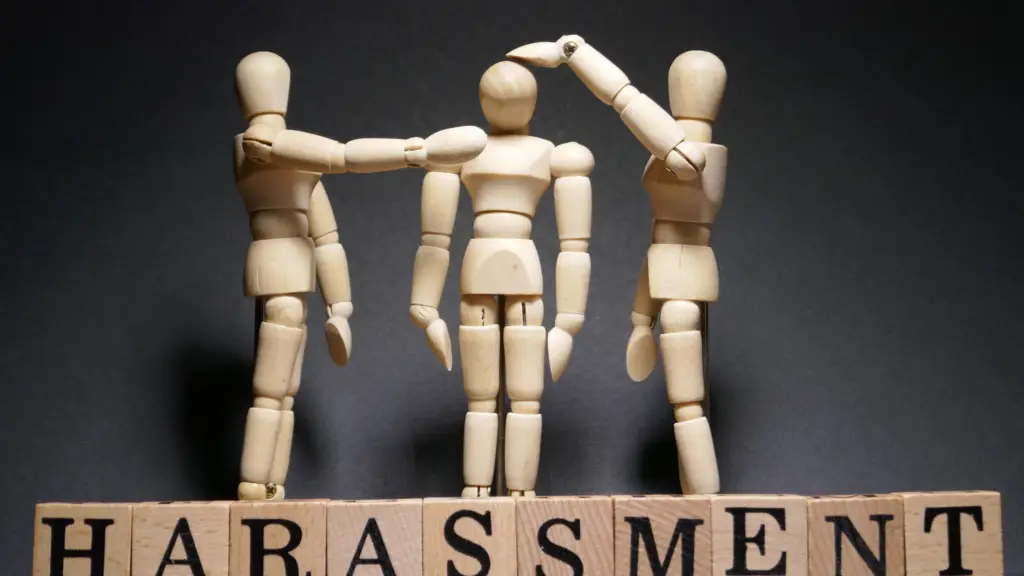
A safe and respectful workplace is crucial for the well-being and productivity of employees. Verbal harassment in the workplace is a serious issue that can have detrimental effects on employees’ mental and emotional health. In this blog, we will explore what is considered verbal harassment in the workplace, its different forms, and the rights and responsibilities of employees and employers in preventing and addressing this behavior.
What Is Verbal Harassment in the Workplace?
Verbal harassment, often referred to as workplace harassment, encompasses various behaviors that create a hostile, intimidating, or offensive work environment. It typically involves unwelcome and offensive verbal comments, slurs, or actions based on an individual’s race, gender, religion, age, disability, or other protected characteristics. Verbal harassment can manifest in several forms, including:
Discriminatory Comments: Making derogatory or offensive comments related to a person’s protected characteristics, such as their race, gender, religion, or sexual orientation.
Sexual Harassment: Unwanted sexual advances, comments, or jokes that create a hostile work environment. This includes explicit language, unwelcome sexual comments, or requests for sexual favors.
Bullying: Consistent, malicious teasing, taunting, or insults that undermine an employee’s self-esteem or create a hostile atmosphere.
Intimidation: Threatening or intimidating language or behavior that instills fear or anxiety in an employee.
Cyberbullying: Harassment through electronic means, such as emails, texts, or social media, aimed at an employee.
Rights and Responsibilities of Employees
Employees have rights and responsibilities when it comes to addressing verbal harassment in the workplace:
Right to a Safe Workplace: Employees have the right to work in an environment free from harassment. They should not tolerate or accept abusive behavior.
Document Incidents: If an employee experiences verbal harassment, they should document each incident. This includes recording dates, times, locations, and the individuals involved. This documentation can be crucial when reporting the harassment.
Report Harassment: Employees should report verbal harassment to their immediate supervisor, human resources, or a designated harassment reporting channel within the organization.
Cooperate with Investigations: If an investigation is initiated, employees should cooperate with the process, providing any necessary information or evidence.
Self-Care: Employees should prioritize their well-being. Seeking support from colleagues, friends, or mental health professionals can be essential for emotional and mental health.
Rights and Responsibilities of Employers
Employers also have specific rights and responsibilities in addressing workplace harassment:
Prevention: Employers should take proactive measures to prevent harassment, such as implementing anti-harassment policies and providing regular training to employees.
Investigation: Employers have the responsibility to promptly and thoroughly investigate any harassment complaints. This includes protecting the confidentiality of those involved.
Consequences: If harassment is substantiated, employers should take appropriate disciplinary actions against the harasser, which may include warnings, suspension, or termination.
Support for Victims: Employers should offer support and resources to employees who have experienced harassment, such as counseling or legal assistance.
Anti-Retaliation: Employers should protect employees from retaliation when they report harassment. Retaliation against those who file complaints is illegal.
Conclusion
Understanding what is considered verbal harassment in the workplace is crucial for maintaining a respectful and safe work environment. Employees have the right to be free from harassment, and employers have a responsibility to prevent and address these issues promptly. By working together and fostering a culture of respect, organizations can create a workplace where all employees can thrive without fear of verbal harassment.
The following links offer valuable resources that help you gain a deeper understanding of workplace harassment and the rights and responsibilities of both employees and employers in addressing this important issue:
U.S. Equal Employment Opportunity Commission (EEOC) – EEOC’s comprehensive resources on workplace harassment, including information on different types of harassment and employees’ rights to a harassment-free workplace.
How to File a Workplace Harassment Complaint: This article offers practical tips and advice for employees on how to handle workplace harassment, from documenting incidents to reporting the behavior.

